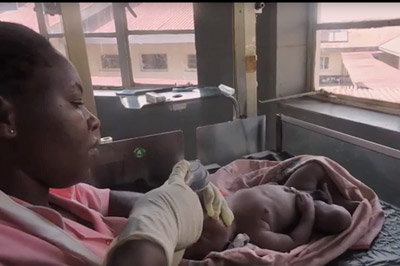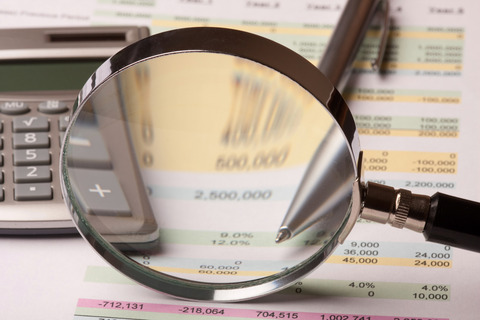Accuity,
4 March 2016
The 2016 report by the Hong Kong Association of Banks (HKAB) into trade-based money laundering ups the momentum to improve anti-money laundering and counter terrorist financing. Such actions will contribute to the advancement of SDG 16.4 to significantly reduce illicit financial and arms flows, strengthen the recovery and return of stolen assets and combat all forms of organized crime.
UNGC Executive Director Lise Kingo discusses the ten principles and how companies can advance the 17 global goals.
ICIS,
ICIS AFPM Supplement 2016, March 2016
More women are entering the oil and gas and petrochemical sectors – but there’s still a way to go. It’s all part of a wider drive to increase diversity in the workforce. This is important for advancing SDG 5.1 to end all forms of discrimination against all women and girls everywhere and SDG 5.5 to ensure women’s full and effective participation and equal opportunities for leadership at all levels of decision-making in political, economic and public life.
LexisNexis Legal & Professional,
Business Insight Solutions, February 2016
Amnesty International’s recent report on child labour in supply chains reported children as young as seven working in cobalt mines in the Democratic Republic of Congo. Cobalt is used in mobile phone batteries and Amnesty accuses several global electronics brands of failing to do basic supply chain checks. Raising awareness of child labour issues can help in advancing SDG target 8.7 to eradicate forced labour, end modern slavery and human trafficking by 2025.
ICIS,
ICIS Chemical Business, February 2016
For the chemical industry, designing and delivering an effective leadership development programme can encourage gender diversity and improve talent retention. This is important for advancing SDG 8.5 to achieve full and productive employment and decent work for all women and men, including for young people and persons with disabilities, and equal pay for work of equal value.
Elsevier,
Elsevier Connect, January 2016
Every year, an estimated 1.8 million newborns die from breathing related problems. Precious time is lost when birth attendants interrupt critical ventilation to check a newborn’s heart rate by hand. Elsevier brought together five experts from diverse fields, who used their skills and creativity to brainstorm a solution. It's one example of a successful multidisciplinary approach, in this case to help the advancement of SDG 3.2, to end preventable deaths of newborns and children under 5 years of age.
XpertHR,
January 2016
Although gender pay gap reporting legislation in the UK does not come into force until early 2017, employers may have to collect gender pay gap data from as early as April 2016. To help HR professionals get ready for their reporting obligations, XpertHR has compiled helpful FAQs and a timeline. Gender pay gap reporting advances SDG 5.C to adopt and strengthen sound policies and enforceable legislation for the promotion of gender equality, as well as SDG 10.
This report offers a framework for principle-based collaboration between business, the UN, governments, civil society and other stakeholders in relation to soil management and the entire agricultural value chain. It directly supports SDG 2 and SDG 15.
Linking to Goals 8 and 10, this webinar explores the requirements of the UK Modern Slavery Act and its implications for UN Global Compact business participants who conduct business in the UK.
This series examines trends in participation in the Caring for Climate initiative, including emissions performance of companies, as well as progress companies have made against the five commitments endorsed by all signatories in the Caring for Climate Leadership Statement. By providing this analysis, Caring for Climate seeks to remind signatories of their progress towards a building a low-carbon society and to encourage greater participation in the initiative, supporting goals 12,13,14 and 15.





